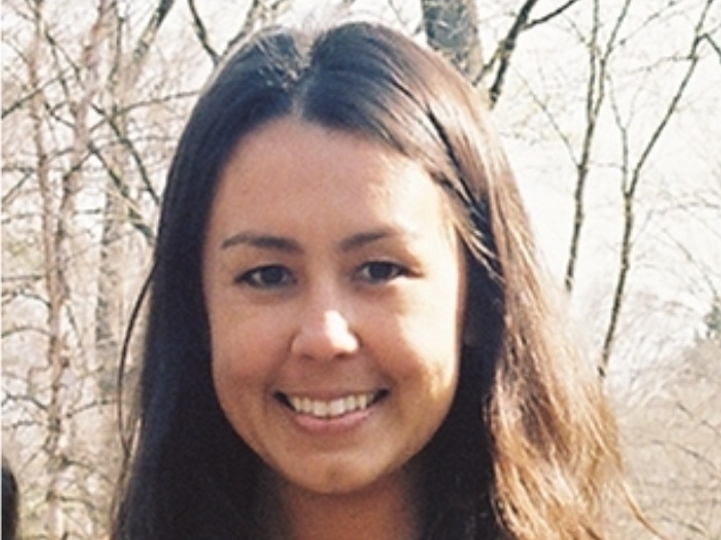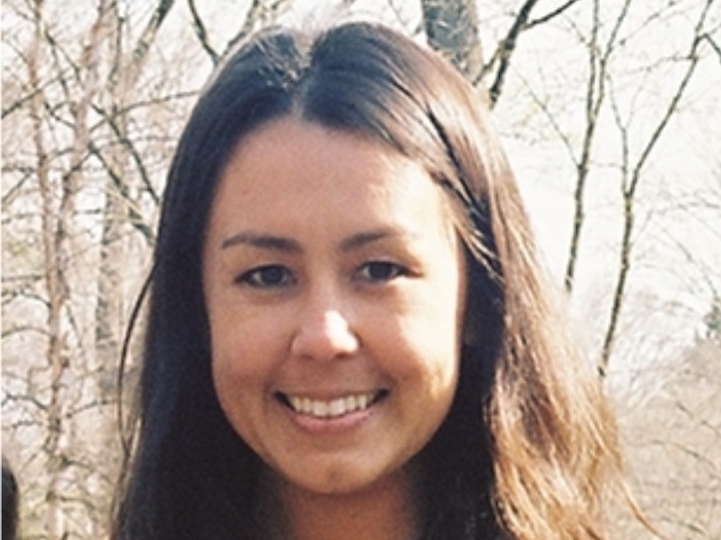
What Critical Frameworks Mean for How We Collect Religious, Secular, and/or Spiritual Identity Data
Supporting the Profession Equity, Inclusion, and Social Justice Division Spirituality and Religion in Higher Education Faculty Graduate Mid-Level New Professional Senior Level
May 22, 2021
Critical Religious Studies in Higher Education: An Ongoing Column in JCC Connexions
As this column has discussed, critical perspectives, frameworks, and theories related to religious, secular, and/or spiritual identity (RSSI) in higher education are burgeoning. For those of us straddling the fields of higher education and religious studies, it is certainly exciting to see the critical lenses that have long been used in religious studies finally making their way into the study of higher education and student affairs. We have a far way to go, though. While our critical scholarly discourse is becoming more visible, its visibility has not yet led to meaningful change in research, policy, and practice norms. In this column, I will address one small (but important!) example of the kind of change I hope to see in higher education RSSI research: asking about religio-cultural background and socialization when collecting data on RSSIs.
Existing higher education RSSI research relies heavily on self-identification for determining which RSSI category to label  student particpants in our analyses and subsequent reports. In many cases, the reason for using self-identification is not explained, nor are there any discussions about the potential limitations of using it. I can assume, though, based on the typical response I get when I attempt to buck or critique this practice, that RSSI self-identification is used because self-identification, across the board, is an important and widely held value in our field. In other words, we trust our students, period.
student particpants in our analyses and subsequent reports. In many cases, the reason for using self-identification is not explained, nor are there any discussions about the potential limitations of using it. I can assume, though, based on the typical response I get when I attempt to buck or critique this practice, that RSSI self-identification is used because self-identification, across the board, is an important and widely held value in our field. In other words, we trust our students, period.
I know there are good, equity-minded intentions behind that sentiment, and when speaking about identities like gender and sexuality, I agree that we absolutely need to trust students and use the identity labels they tell us to use. But cases like that of Rachel Dolezal and that of Jessica Krug show us that even for identities like race, relying on self-identification alone is not always the right answer. And, if the last 100+ years of scholarship on comparative religious studies teaches us anything, it is that RSSI also should not be determined purely by self-identification; perhaps especially when it comes to “non-religious” labels like atheist, agnostic, spiritual but not religious, or nothing in particular.
Why is that? Because people often do not recognize the extent to which they are influenced by religion (Durkheim, 1912/1995; Eliade, 1957/1959). Because the way most people understand what it means to be religious and/or secular is based almost entirely on a Euro-Christian definition of these terms, which makes the categories almost meaningless when examined from another religio-cultural worldview (Spickard, 2017). Because we live in a Christian normative society where even people with non-Christian religious upbringings can internalize Christian interpretations of religion and secularity (Edwards, 2018; Joshi, 2020). Because those from different cultural contexts and social positions make different assumptions about the extent to which they can or should choose RSSI labels that defy their families and communities (Edwards, in press). And, last but not least, because it is well documented that RSSI is unstable overtime, especially for traditionally aged college students and religious “nones” (Lim, et al., 2010; Pew Research Center, 2009).
In other words, relying on RSSI self-identification alone is culturally biased, is likely to be highly inaccurate, and makes it extremely difficult to understand RSSI power dynamics and respondents’ experiences in relation to their socio-cultural position. If all we want is a snapshot of what RSSI labels students prefer on a given day, then perhaps self-identification is sufficient. But, if we want to draw any conclusions about the broader meanings and implications of those identity labels, then we need to do more.
My hope is that, at the very least, we normalize asking about family/community background, upbringing, and persisting relationships as separate from personal preferences and beliefs. Then, in our attempts to make sense of that data, we would pay close attention to not only the differences between respondents’ socialization and current preferred labels, but also the differences in religio-cultural socialization among those who indicated a preference for a non-religious label. In that way, we would be able to immediately recognize the difference between an atheist student who still lives as a member of a religiously minoritzed group in many of the spaces and relationships they occupy, and one who retains much of their Christian culture and associated privileges. Failing to make this distinction erases the experiences (and the oppression) of the atheist student who is also religiously minoritized and allows the atheist Christian student to disassociate from their privileged position.
I would like to see this change not only in small-scale, qualitative research, but also in large-scale survey research—the kind that makes sweeping claims and, as a result, has a great deal of influence on the field. Normalizing this additional layer of data collection and analysis would go a long way toward building our capacity as a field to apply critical lenses to RSSI issues in higher education. The movement is building to make this happen. I hope you will join.
References
Durkheim, É. (1995). The elementary forms of the religious life. (K. Fields, Trans.). Free Press. (Original work published 1912)
Edwards, S. (in press). Religious “nones” and onto-epistemic socialization: Problematizing participant self-identification in research on religious identity. Journal of College & Character.
Edwards, S. (2018). Distinguishing between belief and culture: A critical perspective on religious identity. Journal of College & Character, 19(3), 201-214. https://doi.org/10.1080/2194587X.2018.1481097
Eliade, M. (1959). The sacred and the profane: The nature of religion. (W. R. Trask, Trans.). Harcourt, Inc. (Original work published 1957)
Joshi, K. Y. (2020). White Christian privilege: The illusion of religious equality in America. New York University Press.
Lim, C., MacGregor, C. A., & Putnam, R. D. (2010). Secular and liminal: Discovering heterogeneity among religious nones. Journal for the Scientific Study of Religion, 49(4), 596-618. https://doi.org/10.1111/j.1468-5906.2010.01533.x
Pew Research Center. (2009, April). Faith in flux: Changes in religious affiliation in the U.S. https://www.pewforum.org/2009/04/27/faith-in-flux/#revised
Spickard, J. (2017). Alternative sociologies of religion: Through non-Western eyes. New York University Press.